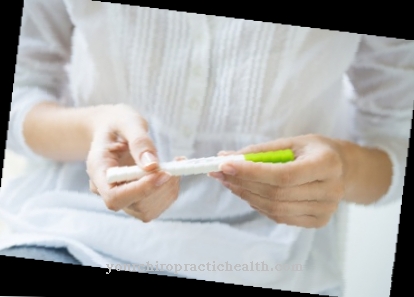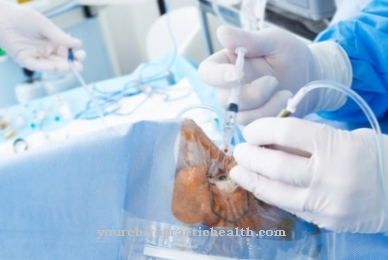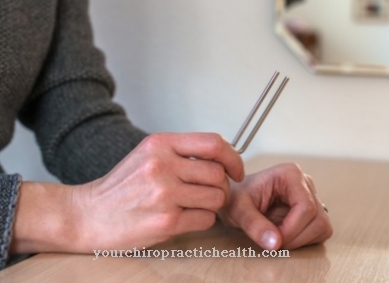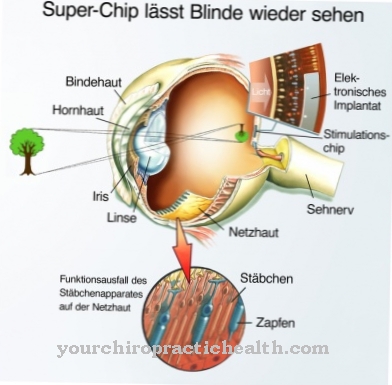Since 1993 the Cardiac surgery an independent medical specialty. The primary specialty is torax and cardiovascular surgery, which has evolved from general surgery. Cardiac surgeons treat acquired and congenital heart diseases, as well as injuries to the heart and surrounding blood vessels. Cardiac surgery works closely with vascular surgery and cardiology.
What is cardiac surgery?

The general public perceives cardiac surgery primarily in the area of heart transplants. However, these complicated and sometimes life-threatening interventions are by no means the most common operations.
Cardiac surgeons mainly perform operations on the heart valves and the laying of coronary artery bypasses. Cardiac surgery comprises six focus groups: coronary surgery, mitral valve surgery, aortic valve surgery, aortic surgery, heart failure and pacemaker.
Treatments & therapies
During the surgical revascularization, the heart specialists insert bypasses as a highly effective long-term therapy for coronary heart disease. This procedure is particularly suitable for patients with a coronary multivessel disease including the great anterior wall artery (Ramus interventricularis).
Surgical revascularization is also induced in the presence of reduced left ventricular cardiac function with parallel diseases, for example the heart valve. Cardiac patients benefit to the same extent if the findings are for main trunk stenosis.
The heart specialists orient themselves to the national care guidelines, which specify when a bypass operation is given preference over balloon dilatation or drug therapy. The patients benefit from a minimally invasive bypass installation, which is carried out without the use of a heart-lung machine, OPCAB. The arterial bypass vessels are removed from the patient endoscopically.
Automated instruments are used to perform the anastomotic sutures. Operations on the mitral valve are one of the most common procedures in the field of heart valve reconstruction, which is carried out using minimally invasive procedures. Diseases of the aortic valve particularly affect older patients aged 70 and over. Various heart valves are available for replacing the aortic valves, a distinction being made between biological and mechanical heart valves. If there is a regular heart (sinus) rhythm, the relocation of a biological valve is induced, since lifelong anticoagulation therapy with Marcumar is not necessary.
Biological heart valves are mainly implanted in patients over 65 years of age. These heart valves are now also being used more and more in younger patients. These innovative models have a shelf life of 15 years. The positive experiences with recurrence operations of degenerated biological aortic valves have confirmed the high expectations of this procedure.
A contraindication for patients under 65 years of age is a second operation in old age, as the biological heart valves have only a limited shelf life. Calcified heart valves can also be regenerated in this way. A mechanical heart valve and blood clotting planning can be avoided.
Catheter-based aortic valve operations are performed either transfemorally (via the leg artery) or transapically (via the apex of the heart). Interventions on the aortic valve combined with coronary revascularization are complex operations that involve an increased risk for the elderly. Frequent interventions take place on the ascending aorta (ascending aorta). This procedure places high demands on the cardiac surgeon, as the main artery and the aortic roots up to the head arteries are exchanged. Doctors use different techniques to protect the brain from embolism and circulatory disorders.
In the majority of cases, there is enlargement due to an aneurysm, which occurs as a result of progressive degeneration in old age. Younger heart patients often show impaired strength of the aortic wall (Marfan syndrome). Aortic dissection is an emergency indication. During the operation, the valves are sewn into a vascular prosthesis. In commercially manufactured vascular prostheses, the artificial heart valves are already sewn in.
Cardiac surgeons, however, prefer the first method because it allows a certain flexibility because larger heart valves can also be sewn in, which significantly improve the hemodynamics. In the case of these biological conduits, anticoagulation using Macumar becomes obsolete, which is a decisive advantage.
Doctors prefer the stentless valve, which is sewn into the vascular prosthesis. This newly created aortic root shows an above-average performance (hemodynamics). Reconstruction of the aortic valve is preferred to replacement, as medicine has meanwhile developed various innovative techniques that enable patients to lead a carefree, post-operative life.
In this regard, operations are performed on the aortic arch and eliminate the life-threatening aortic dissection, which inevitably leads to death if treatment is not timely. Heart failure is the most common heart disease. This condition can take the form of a heart attack, severe inflammation, or heart surgery.
However, chronic heart failure is by far the most common coronary disease. In some patients, this condition can be controlled with drug therapy. If this is not the case, implantation of an artificial heart or a heart transplant is the only option. In most cases there is a need to supply the patient with an artificial heart system until a suitable donor heart is available.
However, the risks involved are high as the waiting times are long and there is a risk that the body will reject the implanted donor organ. Defibrillator and pacemaker technology has experienced significant technical innovations in recent years, as various computer-controlled algorithms almost exactly simulate the natural heartbeat under rest and stress conditions.
Diagnosis & examination methods
Anticoagulants that help blood to clot are most commonly administered. Most patients are given Godamed, Marcumar, Colfarit, Aspirin, Asasantin, ASS, Plavix, Iscover or Tiklyd. These drugs must be discontinued before surgery because of the risk of bleeding.
However, this withdrawal does not take place on your own responsibility, but under medical supervision, since the regulated blood flow is not guaranteed without these anticoagulants. The doctors may use a replacement medication. In the presence of a coronary heart disease or a bypass operation to be performed, the patients take the drug ASA until they are admitted to the hospital. If a coronary stent has been placed within the last twelve months, Iscover or Plavix will continue to be used. Examinations are carried out in the laboratory and tests are carried out in the following areas: hepatitis and HIV serology, lung function, blood group, coronary angiography, echo, duplex carotids, abdominal sonography to clarify whether there is an infection or an abdominal aortic aneurysm, chest X-ray as well as calculation of the Euroscore for high-risk patients.
In the case of a valve operation, X-ray OPG, X-ray paranasal sinuses, dental presentation, ENT presentation and 3D-TEE (morphological assessment of the mitral valve) are made before reconstructions. In the case of elective valve surgery, an infection focus must be switched off in order to avoid or minimize endocarditis. Postoperatively in the intensive care unit: EKG, blood pressure control, blood analysis, ventilation, PiCCO (monitoring cardiovascular data), pulmonary artery catheter, IABP (intra-aortic balloon pump), SpO² (blood oxygen, oxygen saturation), CVP (measurement of central venous pressure), ECMO (extracorporeal membrane oxygenation, intensive care technology for ventilation).
Medication includes Cordarex (antiarrhythmic), vasopressin, dobutamine, adrenaline, noradrenaline, and Corotrop. The patients are first extubated and mobilized the day after the operation and transferred to the normal ward.













.jpg)

.jpg)
.jpg)











.jpg)